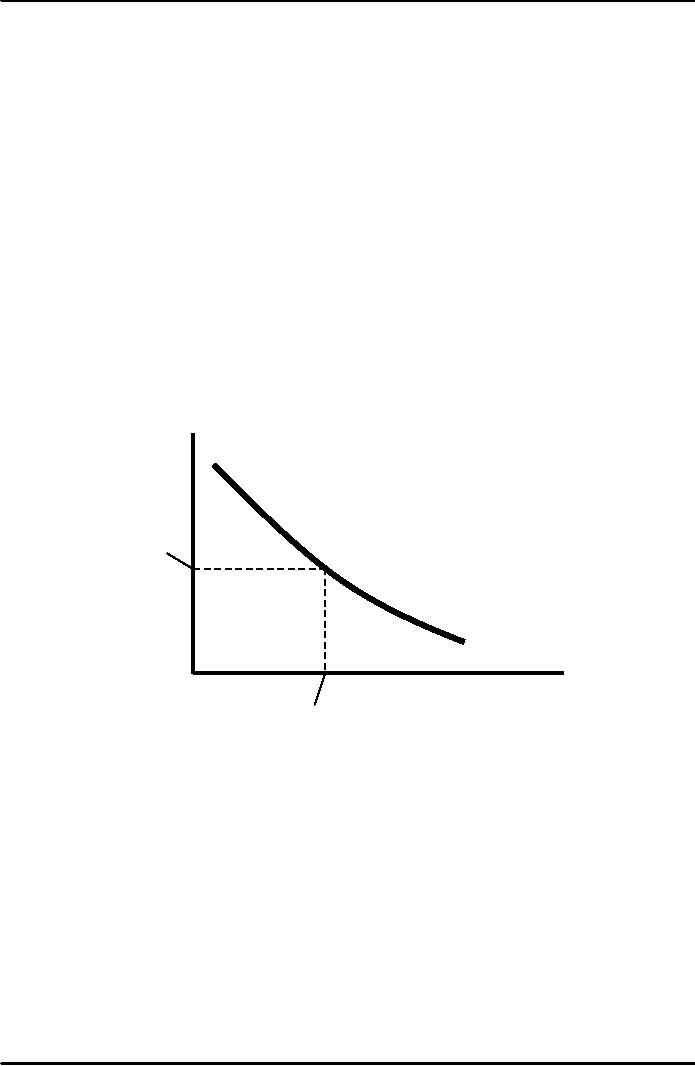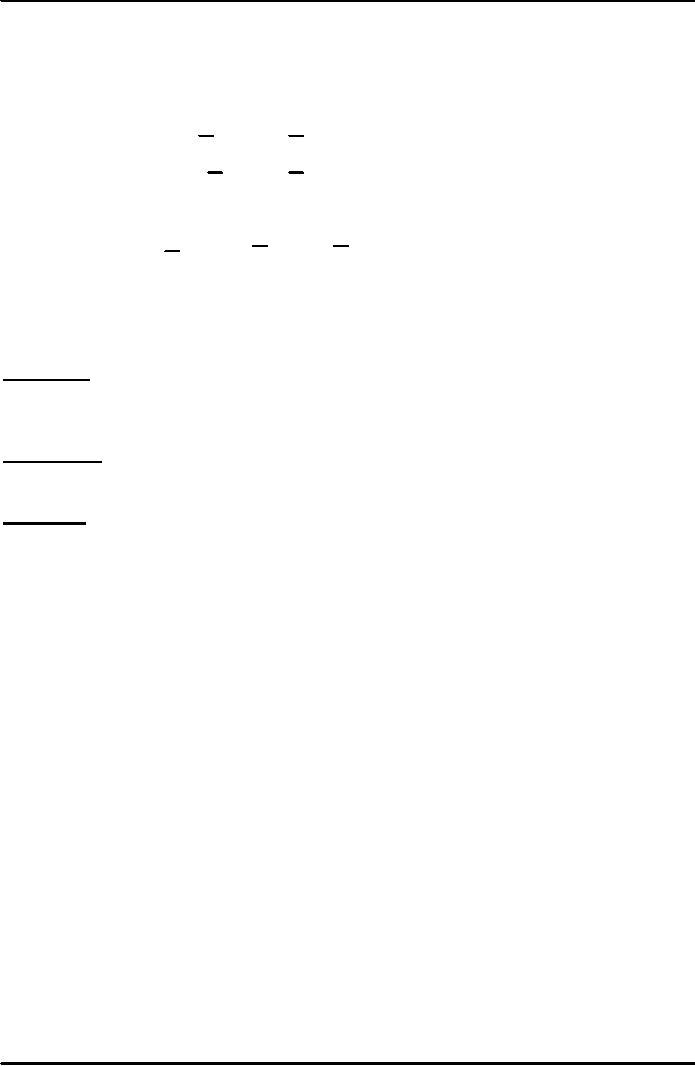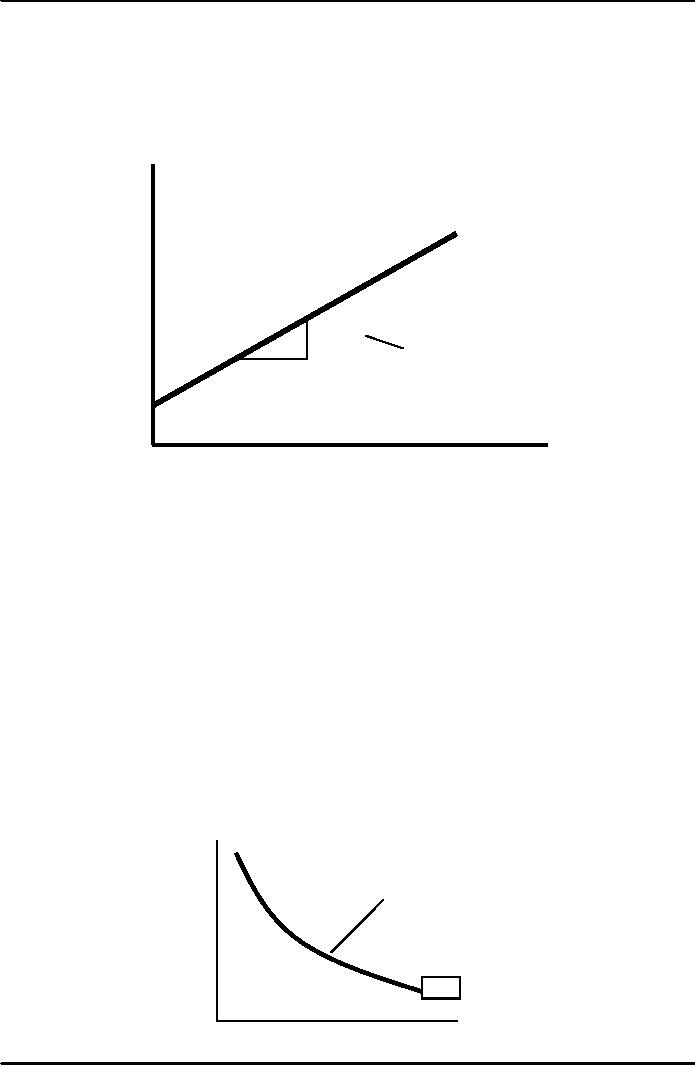 |
NATIONAL INCOME: WHERE IT COMES FROM AND WHERE IT GOES (Continued…) |
| << NATIONAL INCOME: WHERE IT COMES FROM AND WHERE IT GOES |
| NATIONAL INCOME: WHERE IT COMES FROM AND WHERE IT GOES (Continued…) >> |

Macroeconomics
ECO 403
VU
LESSON
08
NATIONAL
INCOME: WHERE IT COMES FROM AND WHERE IT
GOES
(Continued...)
Marginal
product of labor (MPL)
def:
The
extra output the firm
can produce using an
additional unit of labor
(holding other
inputs
fixed):
MPL
= F (K,
L
+1)
F (K,
L)
Diminishing
marginal returns
�
As
a factor input is increased,
its marginal product falls
(other things equal).
�
Intuition:
↑L while
holding K fixed
⇒
fewer
machines per worker
⇒
lower
productivity
MPL
and
the demand for
labor
Units
of
output
Each
firm hires labor up to
the
point
where MPL = W/P
Real
wage
MPL,
Labor
demand
Units
of labor,
L
Quantity
of labor
demanded
Determining
the rental rate
We
have just seen that MPL =
W/P
The
same logic shows that MPK =
R/P:
�
diminishing
returns to capital: MPK ↓
as K
↑
�
MPK
curve is the firm's demand
curve
for
renting capital.
�
Firms
maximize profits by choosing
K
such
that MPK = R/P.
24

Macroeconomics
ECO 403
VU
The
Neoclassical Theory of
Distribution
�
states
that each factor input is
paid its marginal
product
�
accepted
by most economists
How
income is distributed:
Total
labor income = W/P x L = MPL
x L
Total
capital income = R/P x K = MPK x
K
If
production functions has a
constant return to scale,
then
Y
= MPL x L + MPK x K
Outline
of model
A
closed economy, market-clearing
model
Supply
side
�
Factor
markets (supply, demand,
price)
[Done]
�
Determination
of output/income
[Done]
Demand
side
�
Determinants
of C,
I,
and G
[Next]
Equilibrium
�
Goods
market
�
Loanable
funds market
Demand
for goods &
services
Components
of aggregate demand:
C
= consumer demand for g &
s
I
= demand for investment
goods
G
= government demand for g &
s
(Closed
economy: no NX)
Consumption,
C
�
def:
disposable
income is total income minus
total taxes:
YT
�
Consumption
function: C = C (Y T)
Shows
that ↑(Y
T) ⇒
↑C
Consumption,
C
�
Def:
The marginal
propensity to consume is the
increase in C caused by a
one-unit
increase
in disposable income.
25

Macroeconomics
ECO 403
VU
The
consumption function
C
C
(Y T )
The
slope of the
consumption
MPC
function
is the MPC.
1
YT
Investment,
I
�
The
investment function is
I
= I (r )
Where
r denotes the real interest
rate, the nominal interest
rate corrected for
inflation.
Investment,
I
The
real interest rate is
�
-
the cost of borrowing
-
the opportunity cost of
using one's own funds to
finance investment
spending.
So,
↑r
⇒ ↓I
�
The
investment function
r
Spending
on investment
goods
is
a downward-sloping
function
of the real
interest
rate
I
(r
I
26
Table of Contents:
- INTRODUCTION:COURSE DESCRIPTION, TEN PRINCIPLES OF ECONOMICS
- PRINCIPLE OF MACROECONOMICS:People Face Tradeoffs
- IMPORTANCE OF MACROECONOMICS:Interest rates and rental payments
- THE DATA OF MACROECONOMICS:Rules for computing GDP
- THE DATA OF MACROECONOMICS (Continued…):Components of Expenditures
- THE DATA OF MACROECONOMICS (Continued…):How to construct the CPI
- NATIONAL INCOME: WHERE IT COMES FROM AND WHERE IT GOES
- NATIONAL INCOME: WHERE IT COMES FROM AND WHERE IT GOES (Continued…)
- NATIONAL INCOME: WHERE IT COMES FROM AND WHERE IT GOES (Continued…)
- NATIONAL INCOME: WHERE IT COMES FROM AND WHERE IT GOES (Continued…)
- MONEY AND INFLATION:The Quantity Equation, Inflation and interest rates
- MONEY AND INFLATION (Continued…):Money demand and the nominal interest rate
- MONEY AND INFLATION (Continued…):Costs of expected inflation:
- MONEY AND INFLATION (Continued…):The Classical Dichotomy
- OPEN ECONOMY:Three experiments, The nominal exchange rate
- OPEN ECONOMY (Continued…):The Determinants of the Nominal Exchange Rate
- OPEN ECONOMY (Continued…):A first model of the natural rate
- ISSUES IN UNEMPLOYMENT:Public Policy and Job Search
- ECONOMIC GROWTH:THE SOLOW MODEL, Saving and investment
- ECONOMIC GROWTH (Continued…):The Steady State
- ECONOMIC GROWTH (Continued…):The Golden Rule Capital Stock
- ECONOMIC GROWTH (Continued…):The Golden Rule, Policies to promote growth
- ECONOMIC GROWTH (Continued…):Possible problems with industrial policy
- AGGREGATE DEMAND AND AGGREGATE SUPPLY:When prices are sticky
- AGGREGATE DEMAND AND AGGREGATE SUPPLY (Continued…):
- AGGREGATE DEMAND AND AGGREGATE SUPPLY (Continued…):
- AGGREGATE DEMAND AND AGGREGATE SUPPLY (Continued…)
- AGGREGATE DEMAND AND AGGREGATE SUPPLY (Continued…)
- AGGREGATE DEMAND AND AGGREGATE SUPPLY (Continued…)
- AGGREGATE DEMAND IN THE OPEN ECONOMY:Lessons about fiscal policy
- AGGREGATE DEMAND IN THE OPEN ECONOMY(Continued…):Fixed exchange rates
- AGGREGATE DEMAND IN THE OPEN ECONOMY (Continued…):Why income might not rise
- AGGREGATE SUPPLY:The sticky-price model
- AGGREGATE SUPPLY (Continued…):Deriving the Phillips Curve from SRAS
- GOVERNMENT DEBT:Permanent Debt, Floating Debt, Unfunded Debts
- GOVERNMENT DEBT (Continued…):Starting with too little capital,
- CONSUMPTION:Secular Stagnation and Simon Kuznets
- CONSUMPTION (Continued…):Consumer Preferences, Constraints on Borrowings
- CONSUMPTION (Continued…):The Life-cycle Consumption Function
- INVESTMENT:The Rental Price of Capital, The Cost of Capital
- INVESTMENT (Continued…):The Determinants of Investment
- INVESTMENT (Continued…):Financing Constraints, Residential Investment
- INVESTMENT (Continued…):Inventories and the Real Interest Rate
- MONEY:Money Supply, Fractional Reserve Banking,
- MONEY (Continued…):Three Instruments of Money Supply, Money Demand